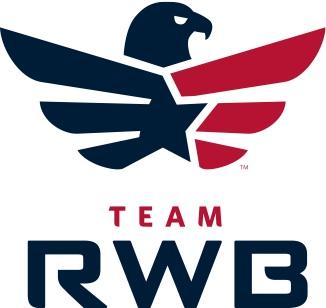There are two types of runners out there, the ones that love to run intervals and hills, and the ones that hate them. If you are one of the latter, fartleks are your kind of speed workout. Fartlek is Swedish for speed play, and it is a great way to integrate interval training into your running arsenal. It is perfect for first time marathoners because of it’s relaxed style. You’re also at less risk of injury because you are less likely to over exert yourself. They will help increase both your speed and your endurance, and there is no track required, you can do them anywhere.
So how do you fartlek??? On a speed workout day, go out at your normal pace for about 10 minutes. Then pick a landmark in the distance, a mailbox. a lightpole, a McDonald’s drive thru, whatever. Run at a fast pace, almost your max, but leave a little reserved so you can finish the workout. Once you reach your landmark, return to a normal pace until your breath is no longer labored, and start all over with a new landmark. Keep this cycle going, and finish your run with a 10 minute cool down at a relaxed pace. You can vary the speed part as you wish, doing one at a full out pace, and one a little slower. Vary your distance too, pick something 200 yards away, or the Starbucks a half a mile down the road. The great thing about a fartlek run: you will never get bored, even for a 9 mile workout.
However, if you’re like me, and slightly type A, you may need something a little more structured. A variation of fartleks are pickups. These are great if you want to do a fartlek style workout on the treadmill, or in my case, you’re a control freak and can’t imagine not knowing exactly how far you ran! They are the same basic concept, but increase your speed for a time, rather than a landmark. You can increase speed for one minute, recover for one minute. You can also do pyramid pickups, running fast for 1, 2, 3, 4, 3, 2, 1 minutes, each time recovering for an equal amount of time. Or recover for just half your speed time if your feeling great that day.
Really, you can tailor fartleks and pickups to be whatever you want them to be. They are great to do with a friend for a little competition and motivation. The one caveat to these kinds of runs: you are your own coach. You are in charge of how much you get out of the run, not the stopwatch on your wrist. So be sure to push yourself to make sure you get the benefits of the workout.
Next week: My favorite, HILLS!!!
Happy running,
Genevieve



